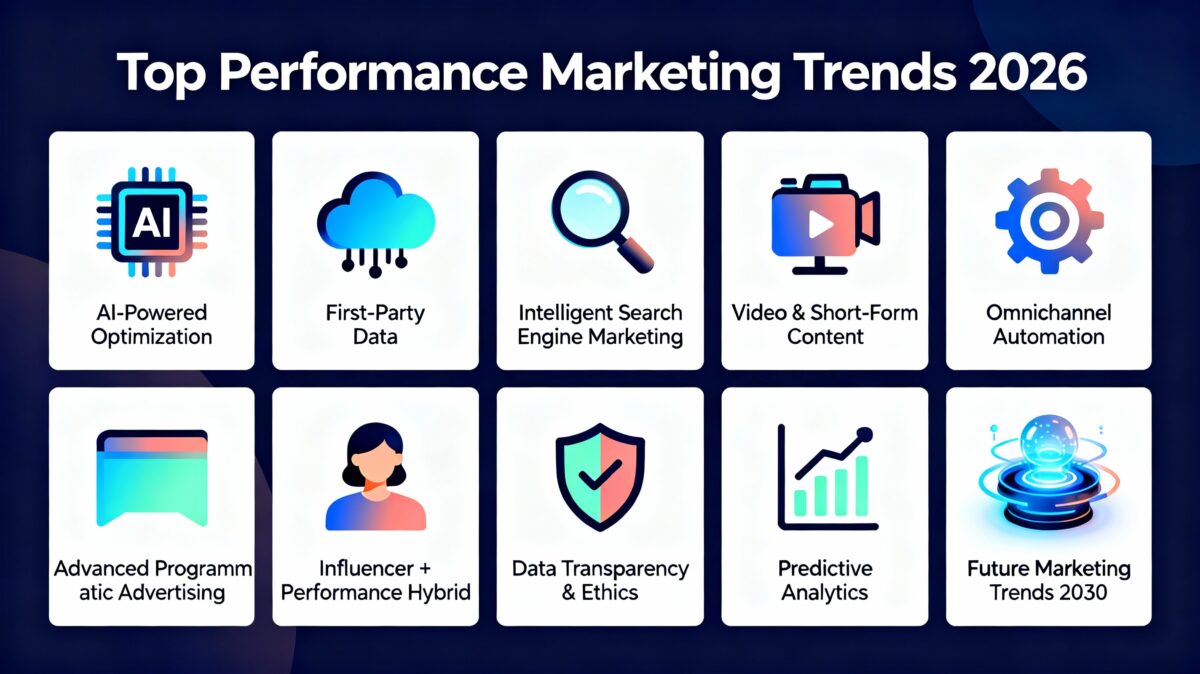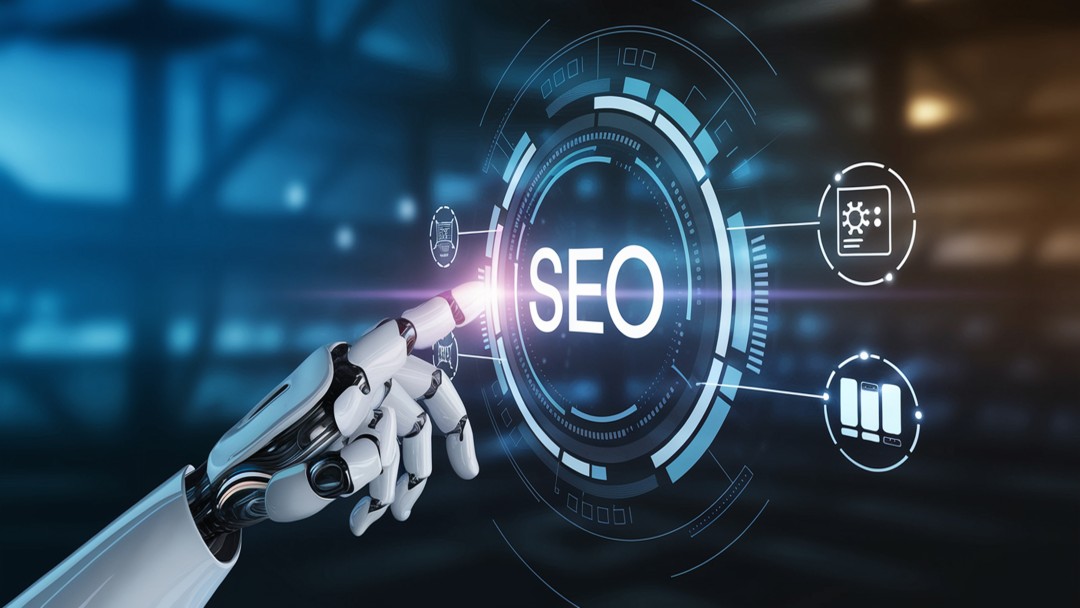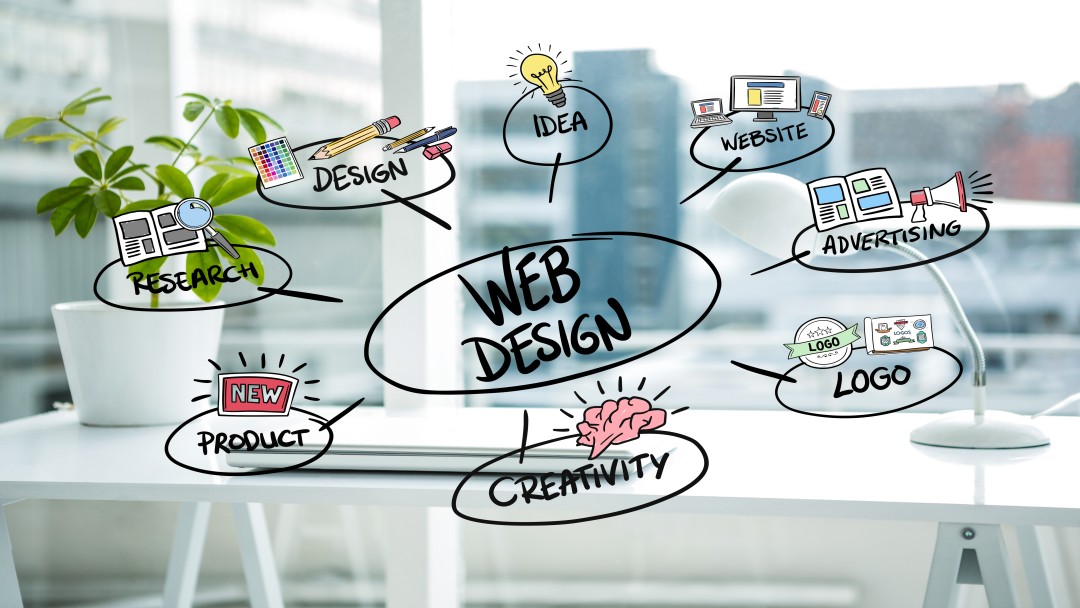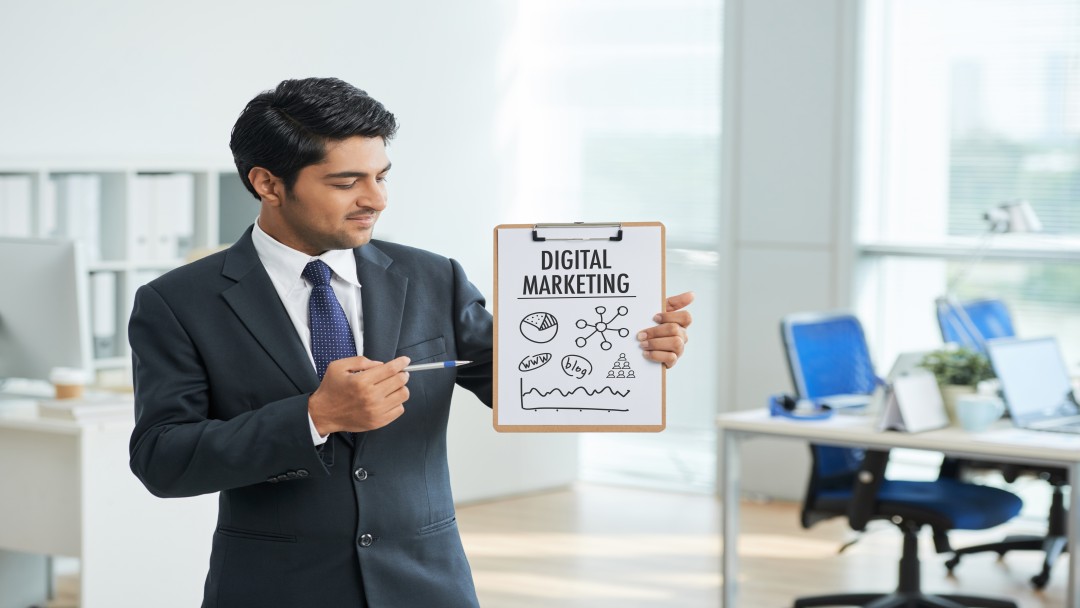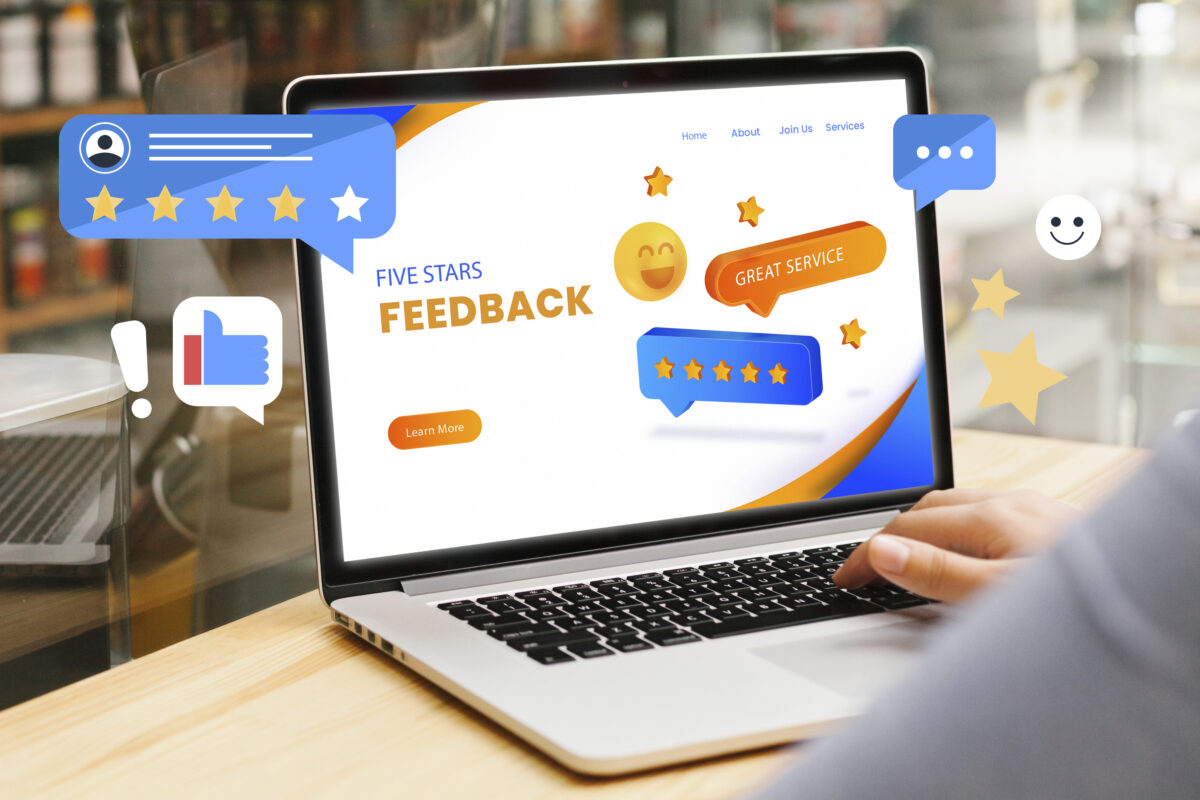As businesses continue to accelerate their digital transformation, performance marketing has become the backbone of measurable and scalable growth. With new technologies, shifting customer expectations, and rapidly advancing AI capabilities, 2026 is set to redefine how brands plan, execute, and measure their online campaigns. Companies that stay ahead of the top performance marketing trends will gain a competitive advantage, scale faster, and build stronger customer relationships.
In this article, we’ll explore the recent marketing trends 2026, key technology shifts, and how brands can leverage digital media trends, precise analytics, and automation to stay future-ready.
1. AI-Powered Performance Optimization Will Become Standard
Artificial Intelligence is no longer optional it’s now the core driver of performance in marketing. By 2026, AI will take over campaign optimization, predictive targeting, and content personalization in real time. Marketers will increasingly rely on AI for:
- Automated audience segmentation
- Predictive conversions based on user intent
- AI-generated and optimized ad creatives
- Budget allocation based on high-intent clusters
According to leading digital marketing statistics, AI-enhanced campaigns outperform manual ad setups by 30–50%. Better automation means higher efficiency and lower acquisition costs, making AI one of the biggest digital marketing trends 2026.
2. First-Party Data Will Drive Next-Level Personalization
With the decline of third-party cookies and stricter privacy laws, brands must shift to collecting and leveraging first-party data. In 2026, successful companies will build:
- Email and SMS-driven lead ecosystems
- Customer behavior profiles
- Personalization engines powered by consent-based data
Marketers who utilize first-party insights effectively will gain significant advantages in relevance, targeting accuracy, and retention. This transition is one of the most important recent trends in digital marketing as businesses prepare for a privacy-first world.
3. Search Engine Marketing Will Become More Intelligent
Search is evolving rapidly, especially with AI Overviews reshaping the way users discover information. Brands that adapt early will dominate.
Key shifts include:
- Intent-based targeting instead of keyword-only
- AI-enriched SERPs influencing click-through behavior
- Optimizing for Google’s Search Generative Experience (SGE)
- Voice-first and conversational search
According to search engine marketing statistics, over 60% of users interact with AI-generated search results before clicking traditional links. This makes it essential for brands to optimize content that is clear, factual, high-quality, and structured in a way that AI can easily interpret.
4. Video and Short-Form Content Will Lead Performance Campaigns
As attention spans decrease and content consumption shifts to visual formats, video is becoming one of the most profitable online marketing trends. In 2026, platforms like YouTube, Instagram Reels, TikTok, and Facebook Shorts will shape user journeys with:
- Short-form product explainers
- UGC-style ads with real customers
- AI-generated video ad variations
- Personalized video retargeting
Brands that integrate video across funnels awareness, engagement, conversion will outperform competitors in both reach and conversions.
5. Omnichannel Automation Will Improve ROI
Customers interact with brands through multiple touchpoints before converting. In 2026, businesses must adopt automated omnichannel ecosystems to stay competitive.
These systems synchronize:
- Search ads
- Social media
- Email & SMS
- Website personalization
- Remarketing funnels
This creates a seamless buying journey and improves performance metrics dramatically. Companies that implement such automation experience 25–35% growth in conversion rates, according to statistics of digital marketing from top industry reports.
6. Programmatic Advertising Will Reach New Levels of Accuracy
Programmatic ads will use advanced machine learning to make smarter bidding decisions and micro-target users across devices. As part of digital media trends, programmatic systems will:
- Predict user intent with >90% accuracy
- Auto-optimize bids for maximum ROAS
- Use contextual and behavioral data for targeting
- Serve hyper-personalized ads based on real-time signals
By 2026, programmatic will control more than 85% of digital ad spend globally, making it essential for marketing performance.
7. Influencer + Performance Hybrid Campaigns Will Rise
Influencer marketing is evolving. In 2026, companies will merge influencer branding with performance-driven KPIs. Expect to see:
- Influencer-led performance ads
- Affiliate + influencer hybrid models
- Real-time ROI tracking on creator content
- AI-driven creator selection
This hybrid strategy will help brands scale faster using trusted personalities while retaining the precision of performance marketing.
8. Data Transparency & Ethical Marketing Will Be Non-Negotiable
Consumers are more aware than ever of how their data is used. As part of upcoming trends in digital marketing, transparency will become a core ranking factor for both search engines and customer trust.
Brands will be required to:
- Clearly communicate data usage
- Provide easy opt-out options
- Implement secure data storage
- Use ethical ad practices
Google favors transparent, trustworthy, and experience-driven content making ethical marketing a must for online visibility.
9. Predictive Analytics Will Revolutionize Campaign Planning
By 2026, predictive models will allow brands to forecast:
- Customer lifetime value
- Purchase likelihood
- Funnel drop-off rates
- Market demand
- Seasonal ad performance
These insights reduce wasted ad spend and enhance campaign precision. Companies that use predictive analytics already see up to 40% improvement in overall ROI based on digital marketing statistics.
Conclusion
The year 2026 will reshape how brands approach performance marketing. With AI, automation, first-party data, predictive analytics, and conversational search taking center stage, digital strategies must evolve to stay competitive. Businesses that leverage these top performance marketing trends, understand emerging digital media trends, and optimize based on reliable digital marketing statistics will not only improve ROI but also future-proof their marketing engines
FAQs:
1. What are the top performance marketing trends for 2026?
The top performance marketing trends for 2026 include AI-driven optimization, first-party data strategies, programmatic advertising, omnichannel automation, predictive analytics, and video-first performance campaigns. These trends help brands improve ROI, reduce acquisition costs, and offer a personalized customer experience.
2. How will AI impact performance in marketing in 2026?
AI will automate campaign optimization, audience targeting, creative testing, and predictive analysis. This improves accuracy, speeds up decision-making, and helps marketers achieve better performance with lower costs. AI-powered tools will become an essential part of all digital campaigns in 2026.
3. Why is first-party data important in digital marketing trends 2026?
With third-party cookies disappearing, first-party data enables more accurate targeting and privacy-compliant personalization. Brands that collect email, SMS, and behavioral insights will be able to run more effective performance marketing campaigns and build stronger customer trust.
4. Which digital media trends will influence online marketing trends in 2026?
Major digital media trends include the dominance of short-form video, conversational search, AI-generated content, creator-led performance ads, and automated omnichannel journeys. These trends will shape how customers discover and interact with brands online.


